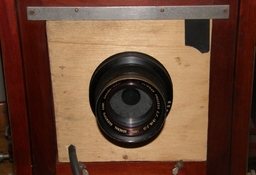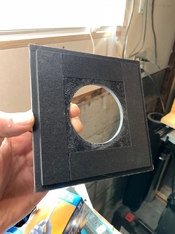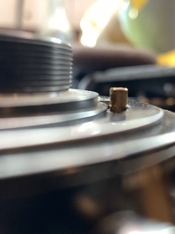Craftsman had some of their routers made by Singer, later, other models by Bosch, after Bosch bought the US Stanley power tool plant, back when Stanley still implied tools rather than toys. Gosh knows how many Porter Cable routers I sold in my younger years. The first really good table ones were Fein; but Festool pretty much makes everything else look primitive now. Even the big cabinet shops with fully mechanized hundred thousand dollar line bore machines would use Festool plunge routers and their own line bore accessories for prototyping and location work. It's like having a cabinet shop in the back of a van. They no longer sell their own router bits in this country except those dedicated to certain of their tools, but the quality of carbide is utterly top notch. Even their steel drill bits last about 50 times longer than the retail store variety. Often what is most expensive to buy up front turns out to be the cheapest and most efficient to use in the long run.
And when it came to making a lot of my own darkroom fixtures, and even that damn heavy as a rhinoceros thick phenolic additive colorhead housing, don't know what I would have done without the system. Throw in all my slot print washers too, custom large trays, even precision registration punch frames .... But if I had to start over again, I'd also acquire a "hobby"milling machine - a scaled-down one like Jet offers. I had to make do with an old industrial floor-standing drill press, conveniently parked in my shop by a friend who didn't have room for it himself.





 . It's light-tight and works fine. I'm still refining my ULF technique on the very temperamental Ilford Direct Positive Paper; when I get it dialed in I'll consider a better board (and maybe another film holder). When you're learning to drive, you don't do it in a Ferrari.
. It's light-tight and works fine. I'm still refining my ULF technique on the very temperamental Ilford Direct Positive Paper; when I get it dialed in I'll consider a better board (and maybe another film holder). When you're learning to drive, you don't do it in a Ferrari.




